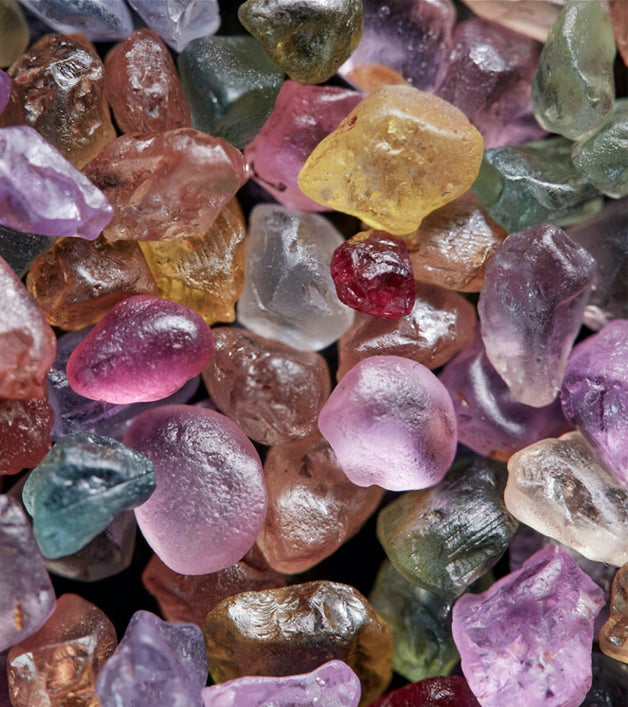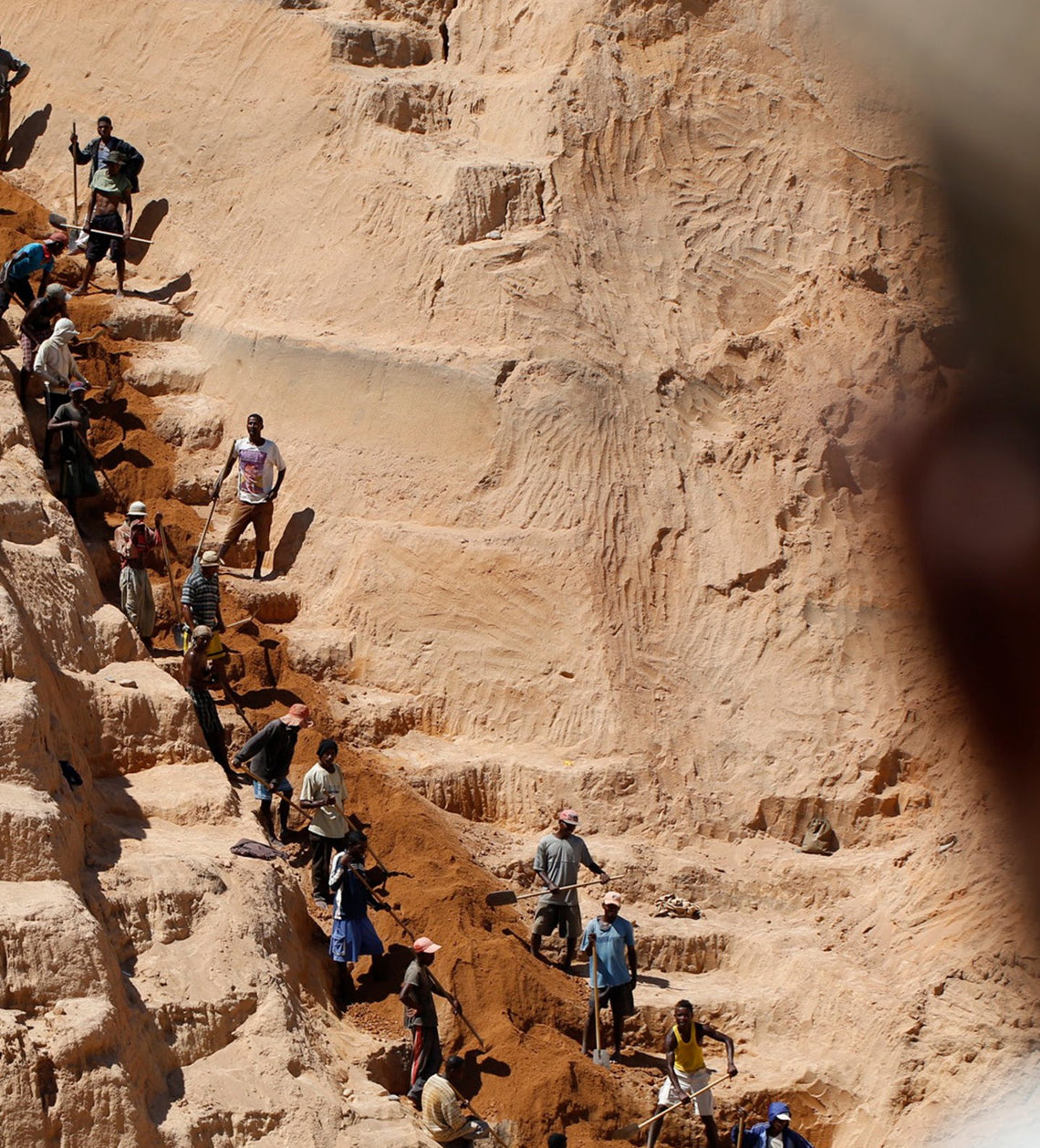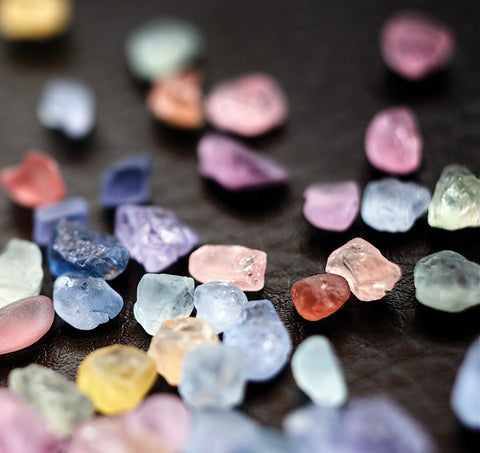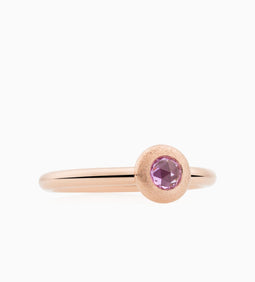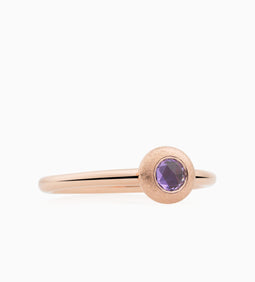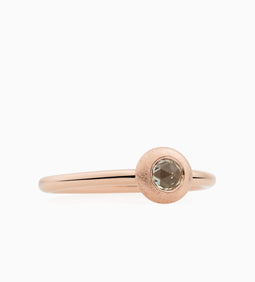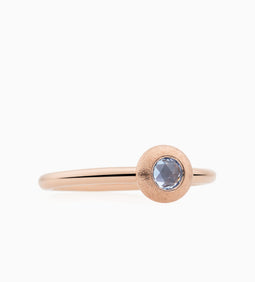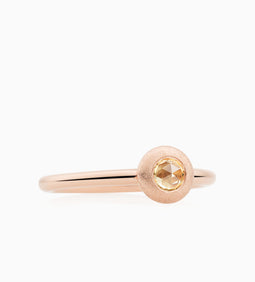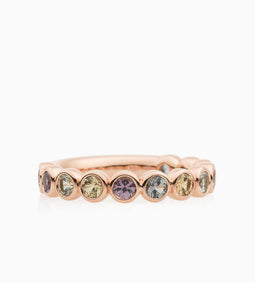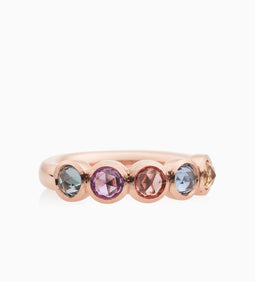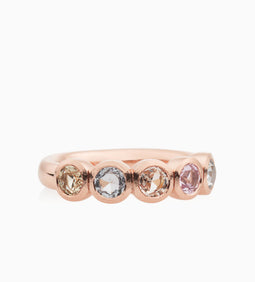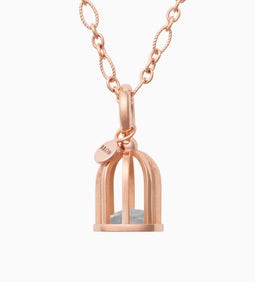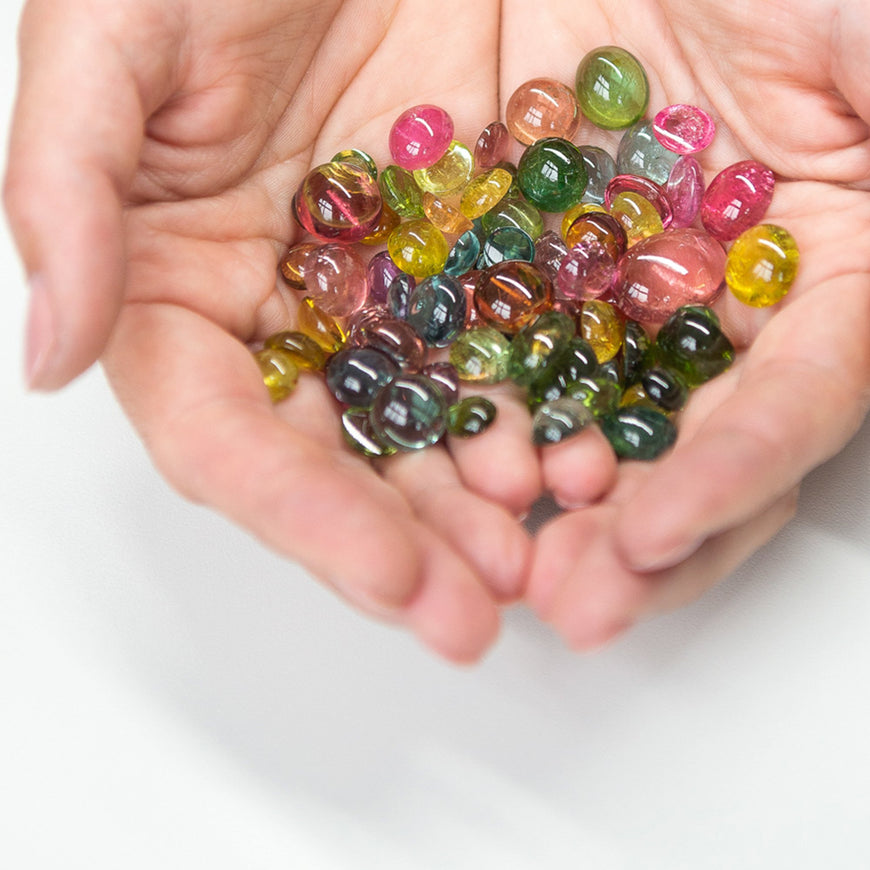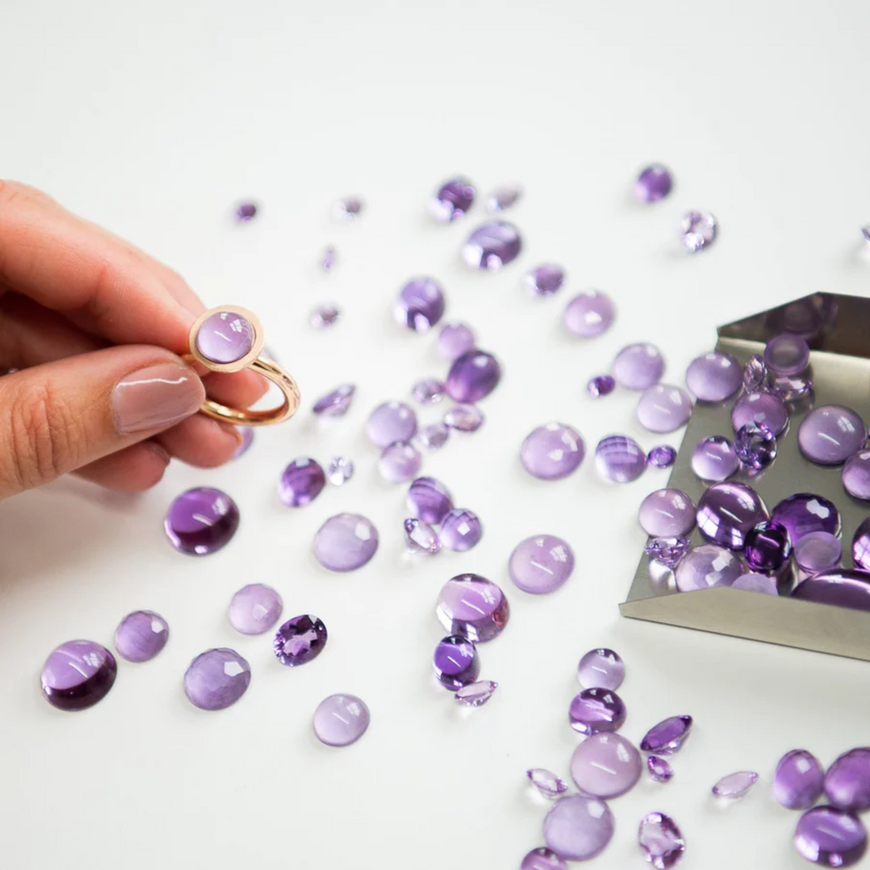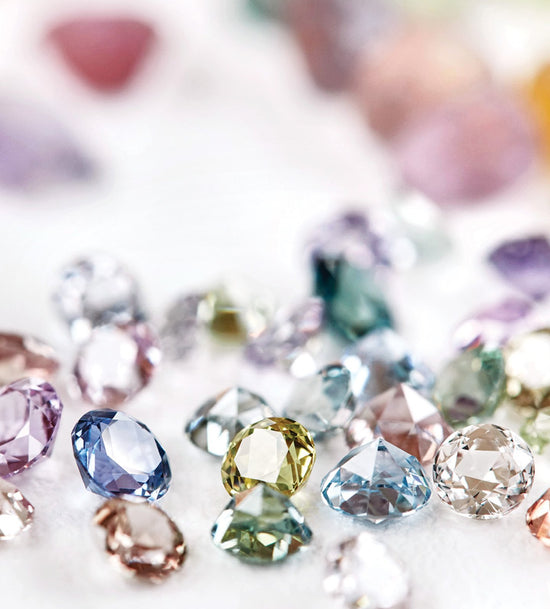
Rainbow of colors
Rubies are red and sapphires are blue? Not really! In fact, sapphires come in many colors and shades, and a ruby is a red sapphire just called by another name. Most natural sapphires have two or more colors inside them - interchanging as they move in the light. Their colors may even change completely when viewed from a different angle. The rarest colors – shades such as lime green, cognac or magenta – cannot be simulated through any form of treatment. The fact that their colors cannot be replicated makes these gemstones all the more precious in their natural beauty.
Hand-picked
Most Madagascar sapphires are found in the region of Ilakaka, which boasts the largest sapphire deposit on Earth. Gemstone trading is vital for the local economy, and trust and respect are required in order to build lasting partnerships. Over time, our partner Wennick & Levefre has developed excellent relationships with the local mining community.
Mohs scale of mineral hardness: 9 (diamond = 10)
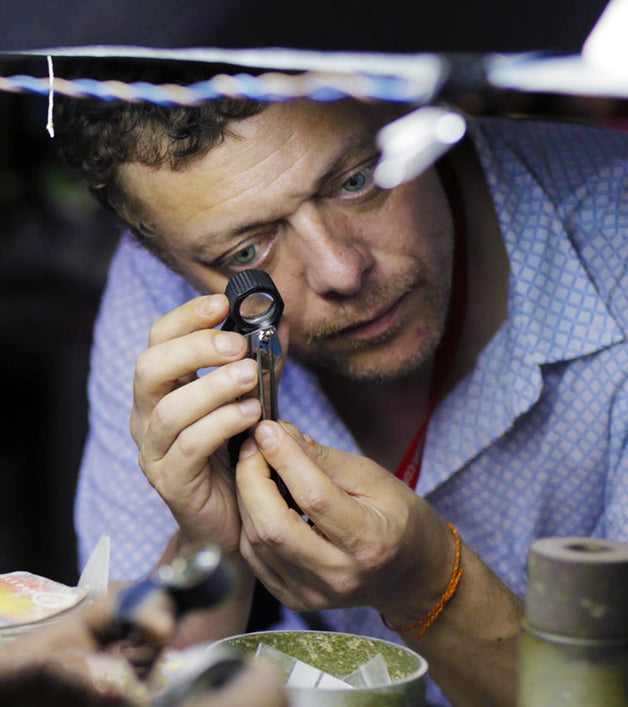
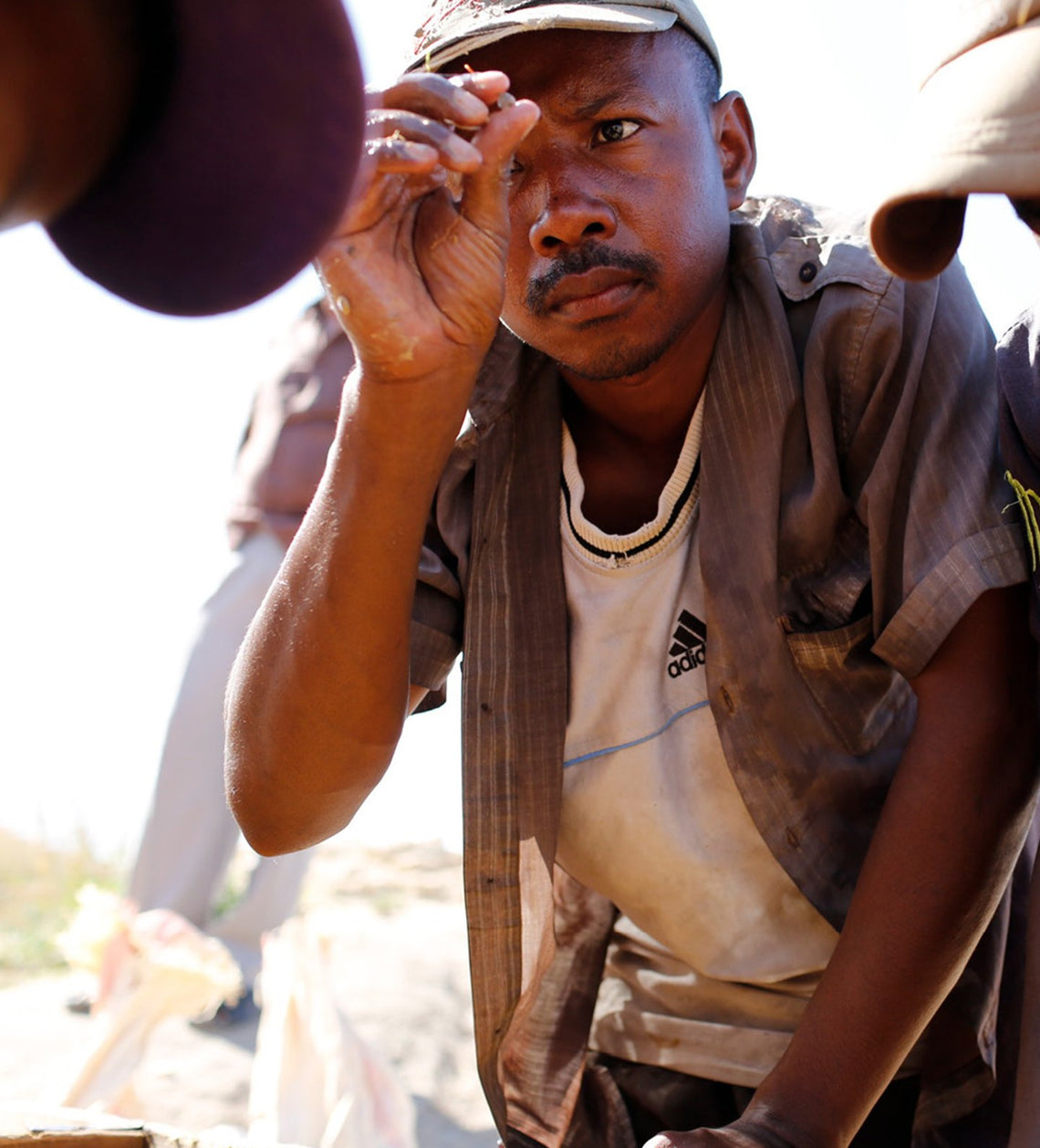

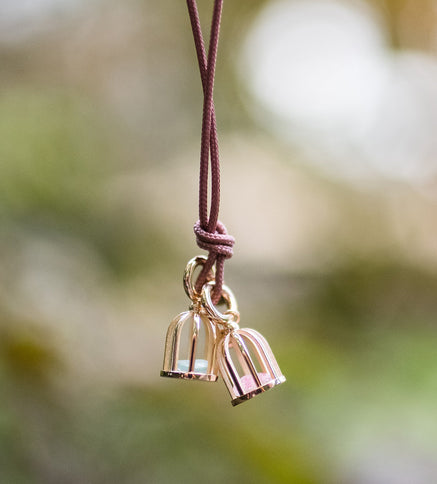
Full Circle
At Bron, we are committed to a sustainable future. For the Full Circle collection, we redesigned each and every step of our production process - from gemstone sourcing to the manufacturing in our energy-neutral atelier in Schoonhoven. All finished products are packaged in soft, sustainable etuis made of residual leather. The flagship of the collection is the Maki pendant. Named after the cute little monkey that is a symbol of Madagascar, it is as sweet and playful as the primate itself.


Madagascar
Madagascar is home to a huge diversity of plants and animals found nowhere else on Earth. That is why the island is called The 8th Continent. Here, gems are still mined by hand using traditional methods which preserve and protect the land by not applying chemicals or using large machines. Once mining activities cease, the land remains unpolluted and may be used for other purposes.
